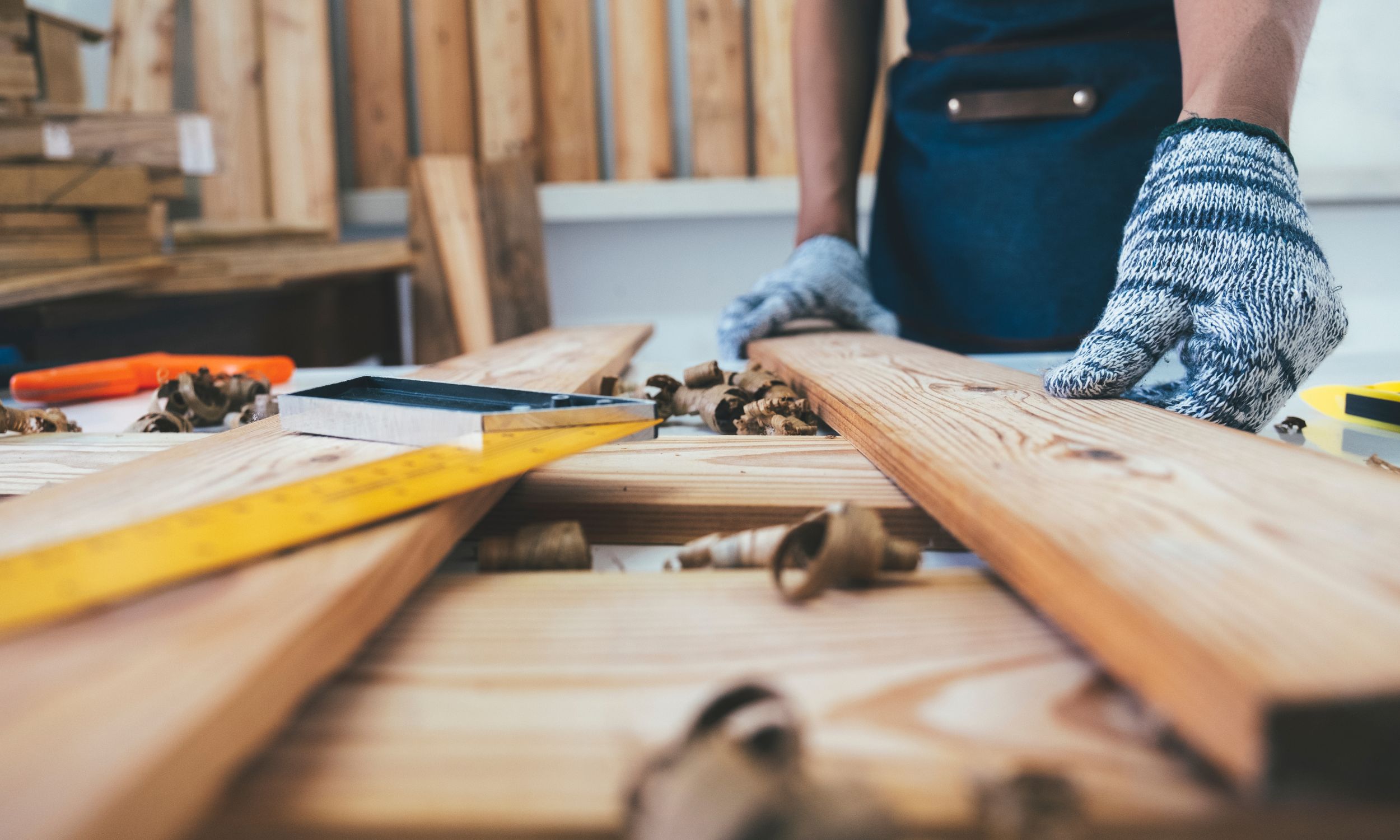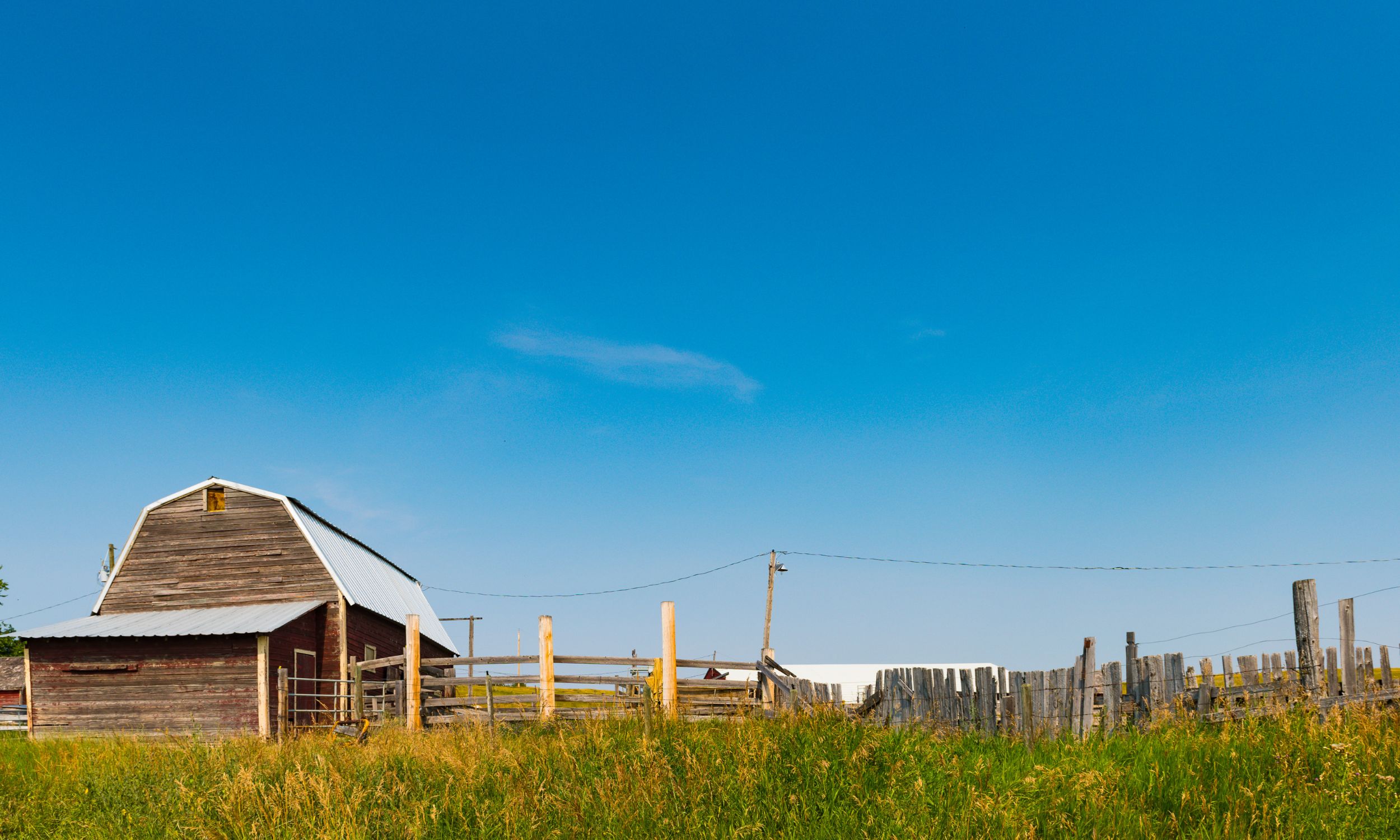How to Afford a Homestead on a Budget
Anyone who’s ever dreamed of owning a homestead has probably also wondered how to afford it on a budget. The truth is, it’s not as difficult as you might think. With a little creativity and resourcefulness, you can easily find ways to save money on your homesteading journey.
For starters, consider ways to reduce your living expenses. If you’re currently renting, see if you can find a cheaper place to live or look into getting roommates. You might also want to think about ways to earn extra income. Can you start a small business from home? Are there side hustles that you can do to bring in some extra cash?
While a homestead, like anything, can be an expensive process, it doesn’t have to be, and I certainly know a ton of urban homesteaders making it work in tiny apartments and 1/4 acre plots.
I’m going to share with you how we afford to homestead. And we’re regular people, like you.
Disclosure: Some of the links below are affiliate links, meaning, at no additional cost to you, I will earn a commission if you click through and make a purchase.
#1 What Does Your Dream Homestead Look Like?
You are probably going to want to skip this step but I am urging you NOT to. Take a few minutes and think about what you want your dream homestead to look like. Find some pictures on line or in magazines and print them out. Hang them in a spot that you will see everyday. Include a few words that describe what your homestead will look and feel like. You are creating your WHY.
Visualizing what your life will be like when you have your dream homestead and determining WHY you want to homestead will keep you focused and on the path to achieve your dreams.
Need help with determining your why and creating a plan to achieve your dream check out Turning Your Ideas and Goals Into a Homestead.
#2 Money Management
Money management is a crucial skill that everyone should learn. It’s not just about budgeting and being able to save money – it’s about understanding your financial situation and making informed decisions about how to best use your money. Learning to manage your money wisely can help you avoid debt, meet your financial goals, and even improve your overall quality of life.
While some people are naturally good with money, others may need to work a bit harder to develop sound money management habits. However, it’s well worth the effort. Those who take the time to learn about personal finance and make smart financial choices often find that they’re better able to achieve their personal and professional goals. And, in today’s economy, being good at money management is more important than ever. So if you haven’t already started learning about personal finance, now is the time! There are plenty of resources available – from books and websites to financial planners and counselors – so you can get started on the path to financial success.
Deciding whether or not to buy a homestead is a big decision. But if you’re set on making the purchase, good money management is key to ensuring that your investment pays off in the long run. Before you start shopping around, it’s important to get a clear picture of your financial situation. Make a list of your current debts and assets, as well as your monthly income and expenses. This will give you a better idea of how much you can afford to spend on a homestead. Once you’ve found a property that you’re interested in, be sure to have it inspected by a qualified professional. This will help to identify any potential problems that could cost you money down the road. Finally, be sure to factor in the cost of living in your area when budgeting for your homestead purchase. By taking these factors into account, you can make informed decisions that will help you manage your money effectively and ensure that your homestead purchase is financially feasible.

Make sure everyone is on the same page and on board with what you’re saving up your money for.
If it’s a pressure canner, dehydrator, solar oven, water treatment, bills (because getting out of debt should be a major priority) whatever it is, make sure your whole family knows why it’s important to have it and why you’ll be cutting back on some things until you’ve saved enough money to purchase it.
In fact, it may be you who needs to be reminded of why and what you’re saving for. Because trust me, old habits die hard and you’ll be tempted to fall back into old habits. Remember your why.
Great Resource- The Total Money Makeover: A Proven Plan for Financial Fitness by Dave Ramsey
#3 Make the most of what you have
We all know that it’s important to reduce, reuse, and recycle. But sometimes it can be hard to know how to put those principles into practice. One easy way to do your part for the environment is to simply repurpose what you already have. For example, instead of buying a new coffee table, try giving an old one a fresh coat of paint. Or instead of throwing out an old pair of jeans, turn them into a cute denim skirt. Not only will you save money by reusing items you already have, but you’ll also be helping to reduce waste and conserve resources. So next time you’re wondering what to do with that old piece of furniture or that pile of clothes in your closet, remember that you can give them new life simply by repurposing them.
#4 Making Sacrifices to Afford a Homestead
It’s no secret that homesteading can be an expensive proposition. But for many people, the appeal of a self-sufficient lifestyle is worth the cost. If you’re willing to make some sacrifices, it is possible to stretch your homesteading budget a little further. For example, instead of buying all new equipment, see if you can find gently used tools and equipment at garage sales or online classifieds. You may also be able to barter with other homesteaders for the items you need.
In addition, growing your own food can save you a lot of money in the long run. With a little planning and effort, you can make your homesteading dreams a reality without breaking the bank.
#5 Add What you Can, When you Can
Adding to your homestead can be a great way to improve your quality of life, but it’s important to do it in a way that makes sense for you. There’s no need to rush into things or try to keep up with the Joneses. Instead, take your time and only add things to your homestead when you have the means and when you’re ready. This is an adventure, not a sprint, so enjoy the journey. And remember, just because someone else has something doesn’t mean you need it too. Trust your instincts and build the homestead of your dreams.

#6 Earn Money Through Homesteading Activities
There are a number of ways to earn money through homestead activities. One option is to sell the produce grown on the homestead. Farmers markets and Community Supported Agriculture programs are two popular outlets for selling fruits, vegetables, and other fresh goods.
Another option is to sell value-added products made from homestead-grown ingredients, such as jams, jellies, and baked goods. Homesteaders can also offer their services to the community, such as gardening, canning, and carpentry. Other income-generating activities include raising animals for meat or eggs, selling firewood, and renting out storage space or pasture land. By diversifying their operations, homesteaders can maximize their earnings and support themselves and their families with the fruits of their labor.

#7 Become a DIY expert
Home improvement projects can be expensive, but they don’t have to be. With a little elbow grease and some know-how, you can take on many projects yourself and save a lot of money in the process.
There are a few things you need to know before you get started, though. First, make sure you have the right tools for the job. Second, take your time and don’t try to rush through the project. Third, be willing to learn as you go. With these things in mind, there’s no reason you can’t become a DIY expert and save money on your next home improvement project.
#8 Build Relationships
When homesteading, it’s important to build good relationships with the people around you. Whether it’s your neighbors, your local hardware store employees, or even the people you buy your supplies from online, having a good relationship with the people you interact with can make homesteading a lot easier. For one thing, they can offer help and advice when you need it. And if you ever have a problem with one of your homesteading projects, it’s always helpful to have somebody you can call on for help. But even beyond that, building good relationships with the people around you can make homesteading a lot more enjoyable. You’ll have somebody to talk to about your shared interests, and you may even make some new friends.
One great reason to get to know other like-minded people in a community is to continue the homesteading tradition of bartering. Bartering within your community can be very helpful when you are trying to afford a homestead. No money is spent, while goods or services are exchanged.
You can trade extra goods such as eggs, milk, meat, and even swap animals if that is what you have. Services are a great way to barter as well, with things like chopping firewood or helping build a barn. So don’t forget to take the time to build good relationships when homesteading – it’s worth it in the long run!

What Does Your Future Homestead Look Like?
Affording a homestead doesn’t have a one-size-fits-all solution. We have followed our money principles, lived within our means, and made many sacrifices in order to build our homestead. Your homesteading journey will change, have its’ own obstacles, and yet also have some really great moments.
Remember to start your homesteading journey small, without debt, and look for ways to produce a homestead that works with you to fund your projects. Homesteading, after all, is really about what you learn on the journey that you are taking to reach your destination in self-sufficiency and independence.


